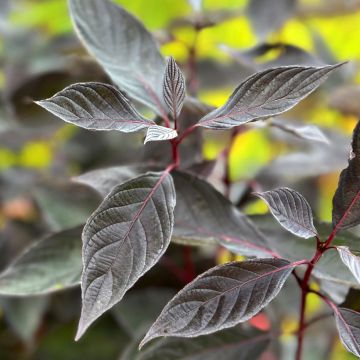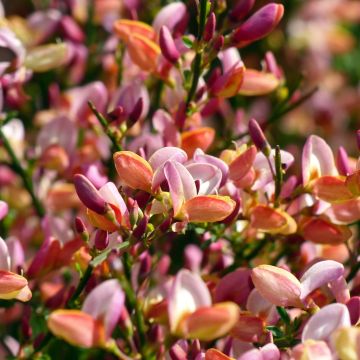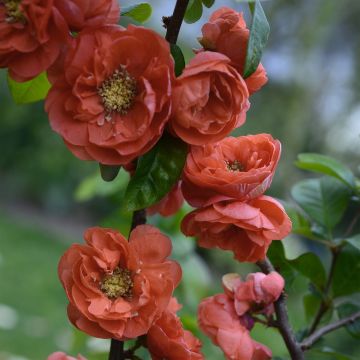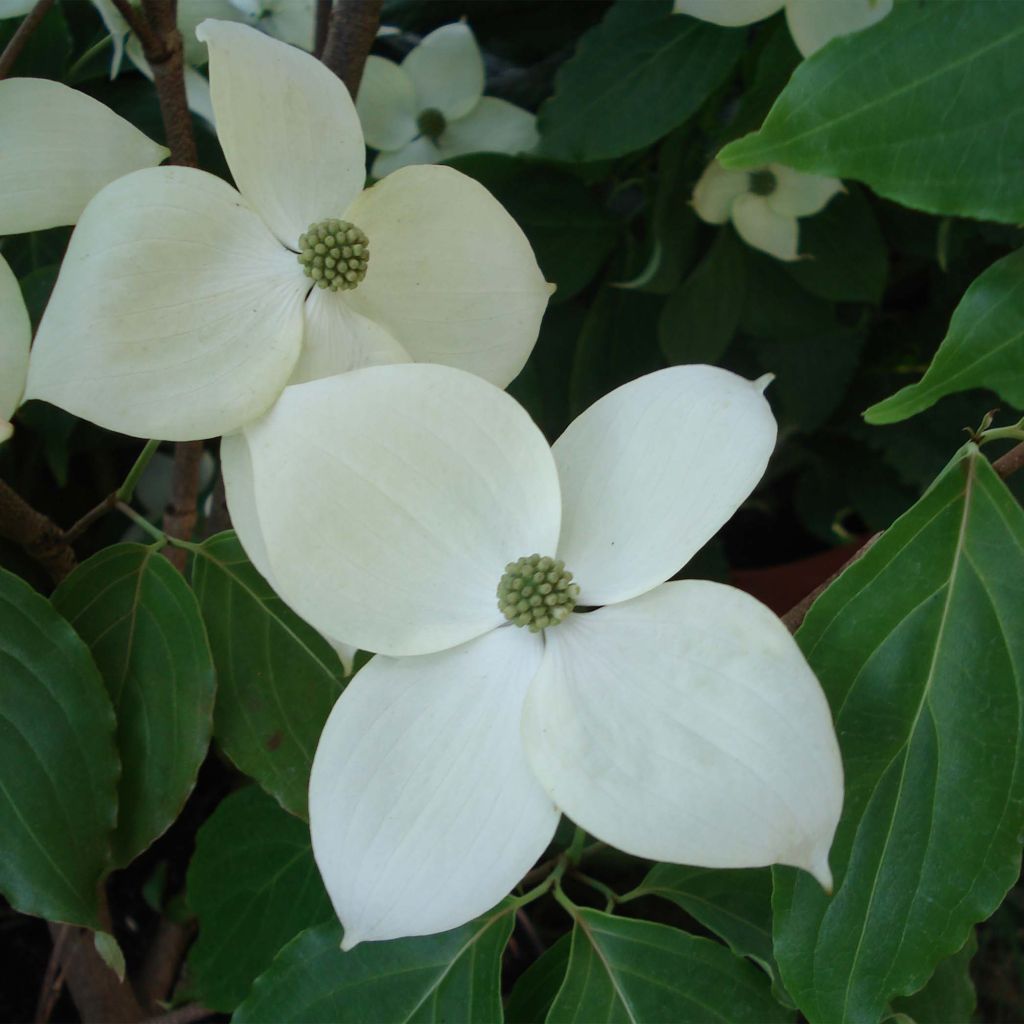

Cornus nuttalii Eddies White Wonder - Flowering Dogwood
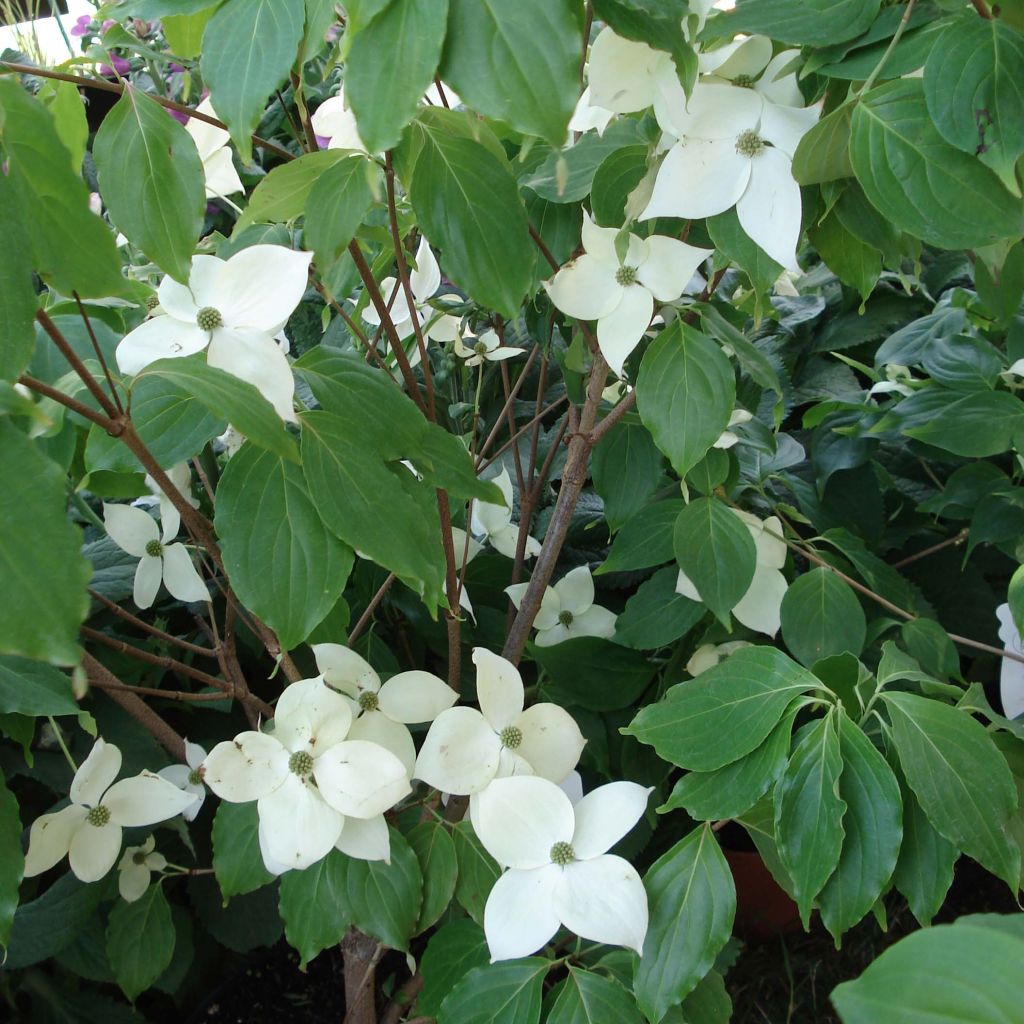

Cornus nuttalii Eddies White Wonder - Flowering Dogwood


Cornus nuttalii Eddies White Wonder - Flowering Dogwood
Cornus nuttalii Eddies White Wonder - Flowering Dogwood
Cornus nuttalii x florida Eddie's White Wonder
Pacific Dogwood, Western Dogwood, Mountain Dogwood, Flowering Dogwood
This item cannot be shipped to the selected country
Delivery charge from €5.90
More information
Schedule delivery date,
and select date in basket
This plant carries a 24 months recovery warranty
More information
We guarantee the quality of our plants for a full growing cycle, and will replace at our expense any plant that fails to recover under normal climatic and planting conditions.
From €5.90 for pickup delivery and €6.90 for home delivery
Express home delivery from €8.90.

Does this plant fit my garden?
Set up your Plantfit profile →
Description
Cornus 'Eddie's White Wonder' is one of the most spectacular flowering dogwood varieties in spring due to its remarkable white bracts that resemble large immaculate flowers. Wonderful in spring, it is also beautiful in autumn with its scarlet and purple-toned foliage. This large bush or small non-calcareous tree is remarkably floriferous and perfectly hardy. It makes a beautiful standalone subject, in a small garden, or combined in a larger setting such as an informal hedge or a shrub grove.
Cornus 'Eddie's White Wonder' is a horticultural hybrid variety obtained in Canada resulting from a cross between Cornus florida, a large bush native to regions in northeastern North America, and C. nuttallii, native to the western United States. All these plants belong to the Cornaceae family.
'Eddie's White Wonder' reaches a height of about 6m (19ft 8in) and a width of 5m (16ft 5in) in our climate. Its habit is rather broad-conical, formed by a crown of lateral branches growing horizontally from the single, often twisted trunk. From May in our cool regions, sometimes earlier in mild climates, clusters of small moss green flowers with yellow tips measuring 0.5 to 2cm (0.2 to 0.8in) long are formed, just before the appearance of leaves or simultaneously. They are gathered in clusters (glomerules) and are surrounded by 4 bracts reaching 6cm (2.4 in), resembling petals, of pure white colour. This flowering, more abundant if temperatures are high in summer, is followed in September-October by the formation of scattered, red, inedible fruits measuring 1cm (0.4in) in diameter. The deciduous foliage is composed of medium green leaves, which take on magnificent autumn colours. The leaves measure from 10 to 15cm (3.9 to 5.9in) long and are wide, ovate, and pointed. They are often twisted or curled. The bark of young twigs and branches is greenish, tinged with red on their sun-exposed side. With age, it becomes grey and cracks.
The flowering dogwood is a very hardy species (-20°C (-4 °F)) that is better suited to humid climates, which, however, experience quite hot summers. It is interesting as a standalone in small gardens, but is also suitable for flower beds and free hedges. It can be combined with other early-flowering shrubs (Hamamelis, Magnolia stellata), fragrant and perpetual lilacs from the Bloomerang series, or mock oranges. In a heather earth bed, it is a perfect companion for deciduous rhododendrons and azaleas.
Advice: The shallow root system of this dogwood remains just below the surface of the soil, making it sensitive to soil hardening and compaction, flooding, and blows from shovels or machinery. It is therefore advisable to regularly apply organic mulch around the base of this bush and avoid any planting at its base.
Report an error about the product description
Cornus nuttalii Eddies White Wonder - Flowering Dogwood in pictures






Plant habit
Flowering
Foliage
Botanical data
Cornus
nuttalii x florida
Eddie's White Wonder
Cornaceae
Pacific Dogwood, Western Dogwood, Mountain Dogwood, Flowering Dogwood
Cultivar or hybrid
Other Cornus
Planting and care
Cornus 'Eddie's White Wonder' should be planted in a sunny, non-burning exposure, or partially shaded, with some afternoon shade but morning sun. In very humid areas (near a water source), full sun is desirable. It thrives in heat, which helps with its flowering, and is sensitive to late spring frosts. It should be placed in a neutral soil, free of limestone or with an acidic tendency. The soil should be moist but well-drained, low in clay that can cause compaction. It can be planted in spring or autumn (frost-free). This Dogwood requires little maintenance if the conditions suit it: mulch the soil in late autumn with organic material (shredded pruning waste, straw, compost...) over the entire diameter of the bush to slightly enrich the soil. Pruning is not necessary. Be aware of parasitic attacks such as anthracnose, which can cause severe damage.
Planting period
Intended location
Care
-
, onOrder confirmed
Reply from on Promesse de fleurs
Spring-flowering shrubs
Haven't found what you were looking for?
Hardiness is the lowest winter temperature a plant can endure without suffering serious damage or even dying. However, hardiness is affected by location (a sheltered area, such as a patio), protection (winter cover) and soil type (hardiness is improved by well-drained soil).

Photo Sharing Terms & Conditions
In order to encourage gardeners to interact and share their experiences, Promesse de fleurs offers various media enabling content to be uploaded onto its Site - in particular via the ‘Photo sharing’ module.
The User agrees to refrain from:
- Posting any content that is illegal, prejudicial, insulting, racist, inciteful to hatred, revisionist, contrary to public decency, that infringes on privacy or on the privacy rights of third parties, in particular the publicity rights of persons and goods, intellectual property rights, or the right to privacy.
- Submitting content on behalf of a third party;
- Impersonate the identity of a third party and/or publish any personal information about a third party;
In general, the User undertakes to refrain from any unethical behaviour.
All Content (in particular text, comments, files, images, photos, videos, creative works, etc.), which may be subject to property or intellectual property rights, image or other private rights, shall remain the property of the User, subject to the limited rights granted by the terms of the licence granted by Promesse de fleurs as stated below. Users are at liberty to publish or not to publish such Content on the Site, notably via the ‘Photo Sharing’ facility, and accept that this Content shall be made public and freely accessible, notably on the Internet.
Users further acknowledge, undertake to have ,and guarantee that they hold all necessary rights and permissions to publish such material on the Site, in particular with regard to the legislation in force pertaining to any privacy, property, intellectual property, image, or contractual rights, or rights of any other nature. By publishing such Content on the Site, Users acknowledge accepting full liability as publishers of the Content within the meaning of the law, and grant Promesse de fleurs, free of charge, an inclusive, worldwide licence for the said Content for the entire duration of its publication, including all reproduction, representation, up/downloading, displaying, performing, transmission, and storage rights.
Users also grant permission for their name to be linked to the Content and accept that this link may not always be made available.
By engaging in posting material, Users consent to their Content becoming automatically accessible on the Internet, in particular on other sites and/or blogs and/or web pages of the Promesse de fleurs site, including in particular social pages and the Promesse de fleurs catalogue.
Users may secure the removal of entrusted content free of charge by issuing a simple request via our contact form.
The flowering period indicated on our website applies to countries and regions located in USDA zone 8 (France, the United Kingdom, Ireland, the Netherlands, etc.)
It will vary according to where you live:
- In zones 9 to 10 (Italy, Spain, Greece, etc.), flowering will occur about 2 to 4 weeks earlier.
- In zones 6 to 7 (Germany, Poland, Slovenia, and lower mountainous regions), flowering will be delayed by 2 to 3 weeks.
- In zone 5 (Central Europe, Scandinavia), blooming will be delayed by 3 to 5 weeks.
In temperate climates, pruning of spring-flowering shrubs (forsythia, spireas, etc.) should be done just after flowering.
Pruning of summer-flowering shrubs (Indian Lilac, Perovskia, etc.) can be done in winter or spring.
In cold regions as well as with frost-sensitive plants, avoid pruning too early when severe frosts may still occur.
The planting period indicated on our website applies to countries and regions located in USDA zone 8 (France, United Kingdom, Ireland, Netherlands).
It will vary according to where you live:
- In Mediterranean zones (Marseille, Madrid, Milan, etc.), autumn and winter are the best planting periods.
- In continental zones (Strasbourg, Munich, Vienna, etc.), delay planting by 2 to 3 weeks in spring and bring it forward by 2 to 4 weeks in autumn.
- In mountainous regions (the Alps, Pyrenees, Carpathians, etc.), it is best to plant in late spring (May-June) or late summer (August-September).
The harvesting period indicated on our website applies to countries and regions in USDA zone 8 (France, England, Ireland, the Netherlands).
In colder areas (Scandinavia, Poland, Austria...) fruit and vegetable harvests are likely to be delayed by 3-4 weeks.
In warmer areas (Italy, Spain, Greece, etc.), harvesting will probably take place earlier, depending on weather conditions.
The sowing periods indicated on our website apply to countries and regions within USDA Zone 8 (France, UK, Ireland, Netherlands).
In colder areas (Scandinavia, Poland, Austria...), delay any outdoor sowing by 3-4 weeks, or sow under glass.
In warmer climes (Italy, Spain, Greece, etc.), bring outdoor sowing forward by a few weeks.



































